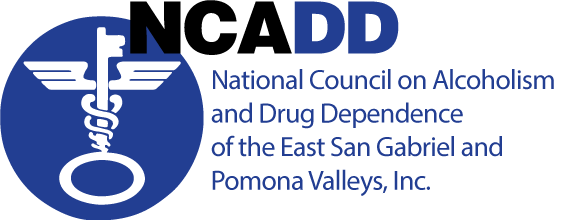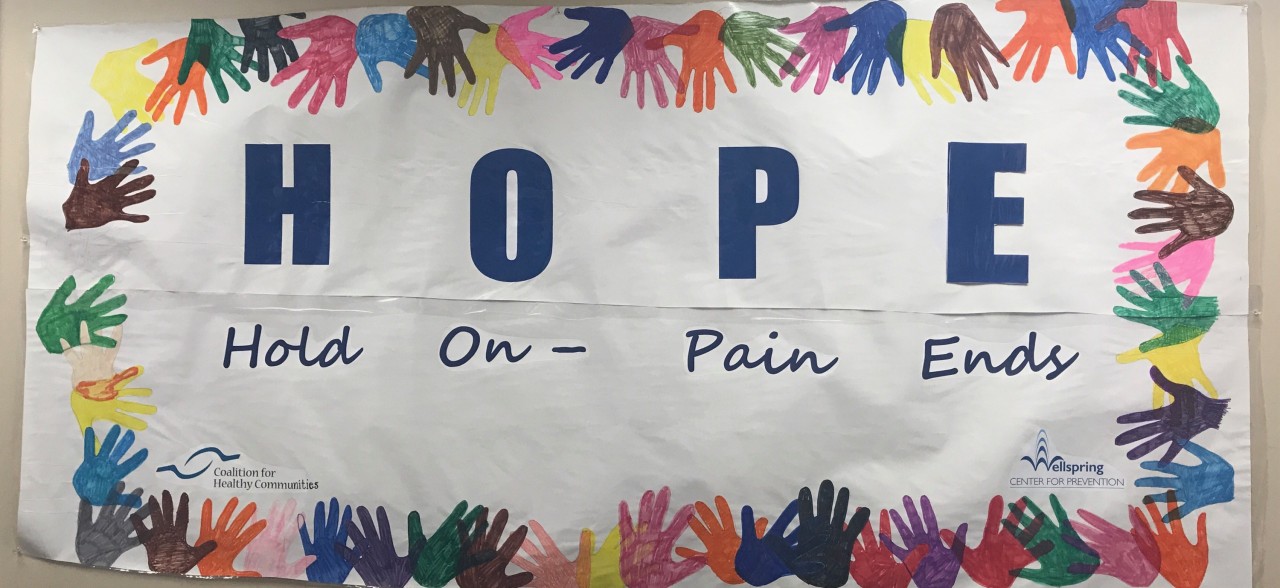Alcohol is part of our society. People use it to celebrate, socialize, relax, and enhance the enjoyment of meals. Nearly 90 percent of adults in the United States report that they drank alcohol at some point in their lifetime, and more than half report drinking in the last month. Although most people drink in moderation, nearly 40 percent of U.S. adults drink in excess of the low-risk guidelines established by the National Institute on Alcohol Abuse and Alcoholism (NIAAA).
Alcohol misuse has wide-ranging adverse consequences. In the United States, nearly 88,000 people per year die from alcohol-related causes globally, alcohol accounts for 3.3 million deaths—5.9 percent of all deaths—each year. Alcohol misuse also contributes to poor performance at school and work; family problems; unprotected sex and sexually transmitted diseases; violence; memory blackouts; unintentional injuries, accidents, and overdoses; and organ damage and disease. It can lead to alcohol use disorder (AUD), a serious chronic condition that affects nearly 16 million people in the United States. The Centers for Disease Control and Prevention estimates that alcohol misuse, including AUD, costs the United States $249 billion per year due to health care expenses, lost workplace productivity, crime, property damage, and other outcomes.
NIAAA, a component of the National Institutes of Health (NIH), is the largest funder of alcohol research in the world. For nearly five decades, NIAAA’s extramural research program has supported a diverse portfolio of innovative investigator-initiated research to elucidate the effects of alcohol on health and reduce the burden of alcohol misuse for individuals at all stages of life. This work is complemented by a robust intramural research program that leverages the state-of-the-art resources available at NIH to advance high-risk, high-reward studies in key areas of alcohol science. In addition, through the Collaborative Research on Addiction at NIH (CRAN) initiative, NIAAA is partnering with the National Institute on Drug Abuse and the National Cancer Institute to integrate resources and expertise across NIH to develop a comprehensive, well integrated understanding of substance use, misuse, and addiction that considers the common and distinctive features of addictive substances and substance use disorders (SUDs).
Research supported by NIAAA has spurred tremendous progress in identifying the factors that contribute to alcohol-related problems and the fundamental biological and behavioral mechanisms by which they develop, and it has paved the way for innovative preventive and treatment interventions. Once viewed as a moral failing or character flaw, AUD is now widely regarded as a chronic but treatable brain disease that develops through complex, dynamic interactions among biological, environmental, and developmental factors. This shift in perspective, bolstered by decades of research on the neurobiology of addiction, has helped reduce the stigma associated with AUD and has underscored the need for a multipronged approach to preventing and treating alcohol-related problems, with interventions designed for individuals, families, communities, and society at large.
This strategic plan serves as a roadmap for catalyzing continued progress across the spectrum of alcohol research and translating these advances for the benefit of the public. It highlights NIAAA’s research goals in five key areas:
Goal 1: Identify Mechanisms of Alcohol Action, Alcohol-Related Pathology, and RecoveryGoal 2: Improve Diagnosis and Tracking of Alcohol Misuse, Alcohol Use Disorder, and Alcohol-Related ConsequencesGoal 3: Develop and Improve Strategies To Prevent Alcohol Misuse, Alcohol Use Disorder, and Alcohol-Related ConsequencesGoal 4: Develop and Improve Treatments for Alcohol Misuse, Alcohol Use Disorder, Co-Occurring Conditions, and Alcohol-Related ConsequencesGoal 5: Enhance the Public Health Impact of NIAAA-Supported Research
Along with the goals outlined above, NIAAA has identified several cross-cutting research themes, which are woven throughout this strategic plan.

